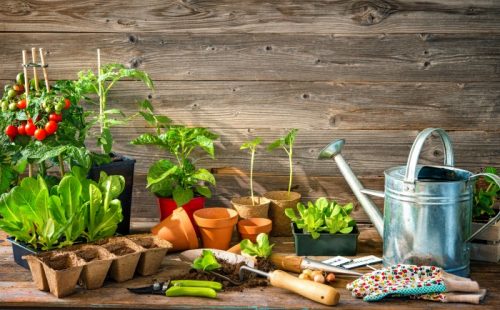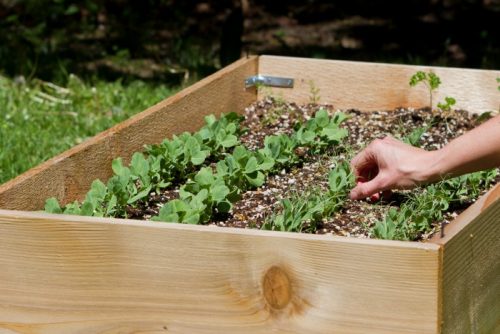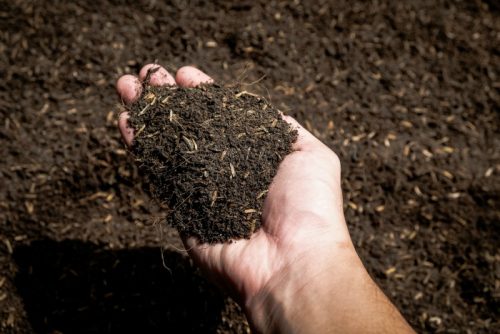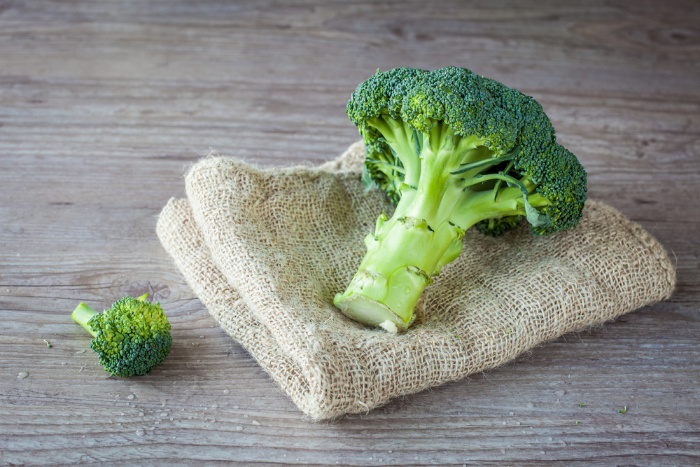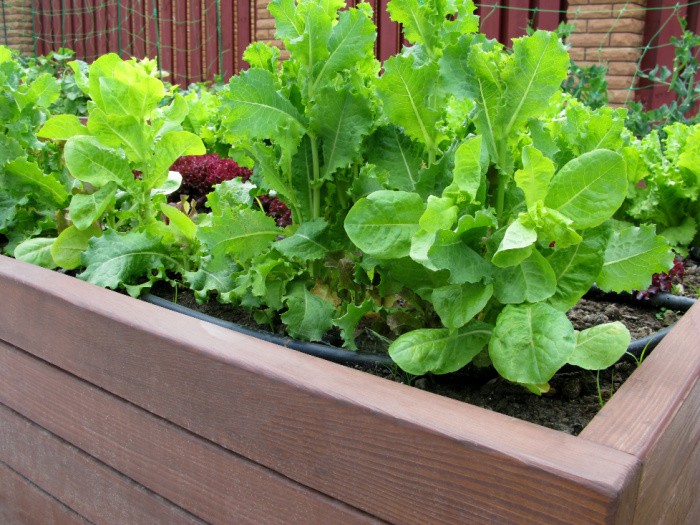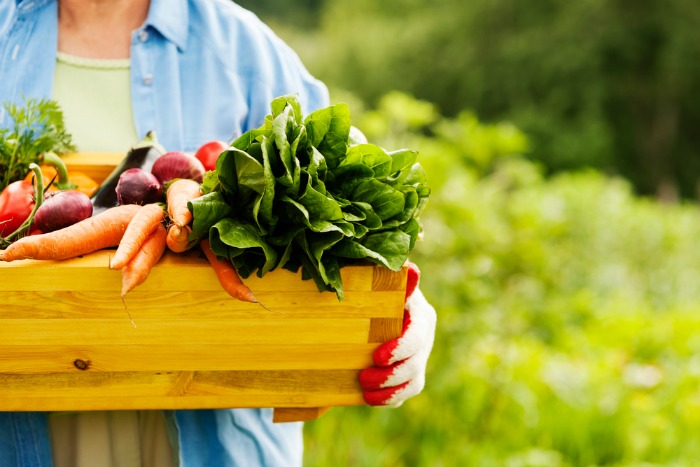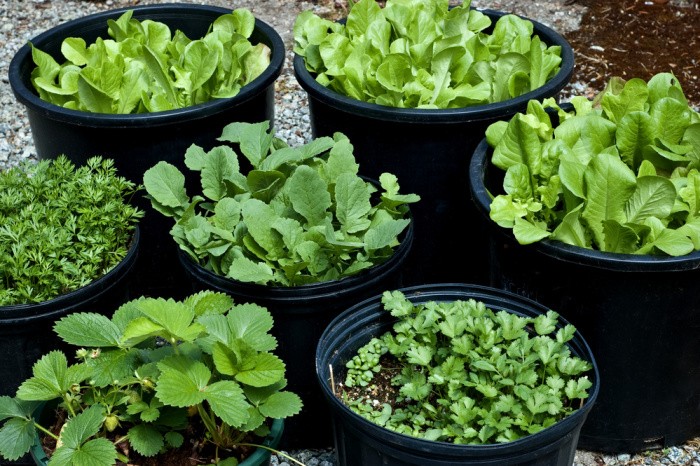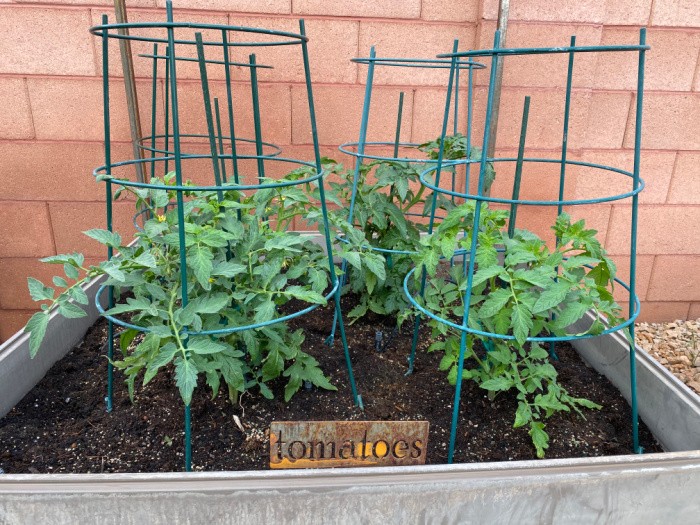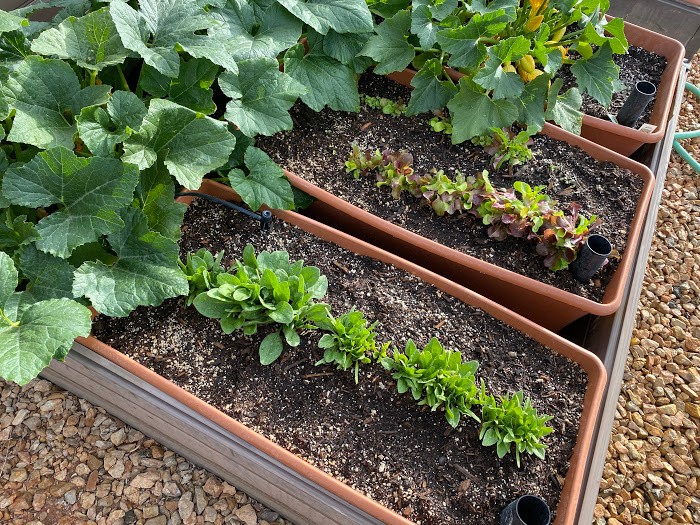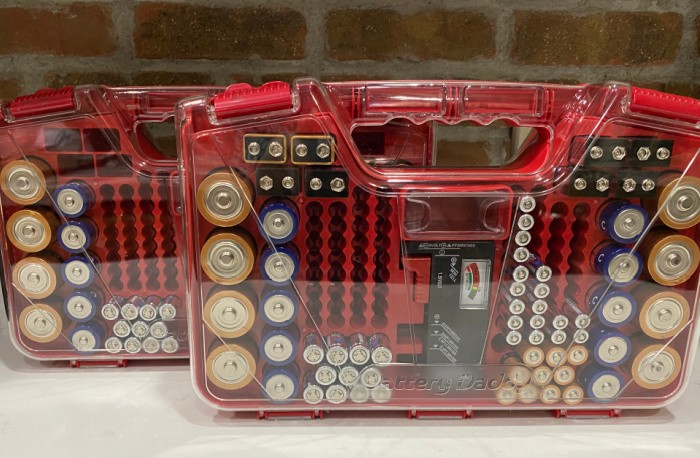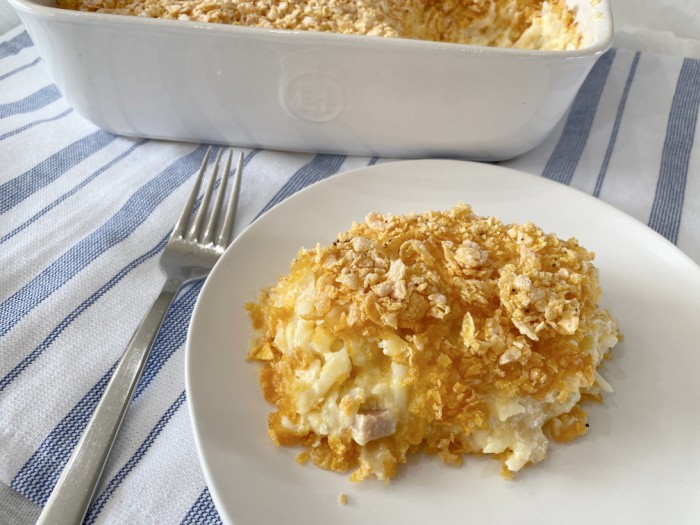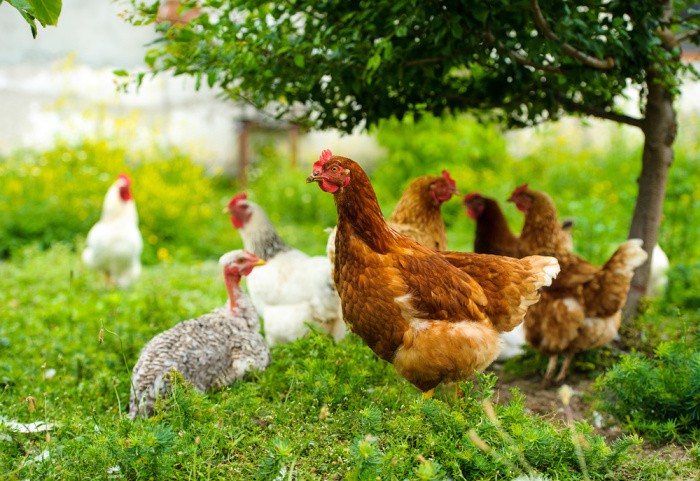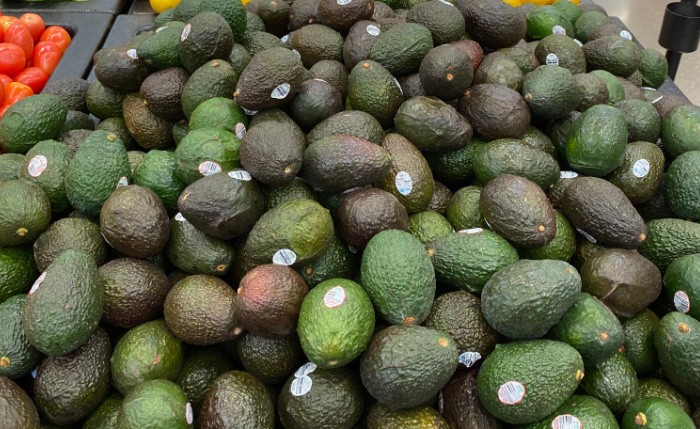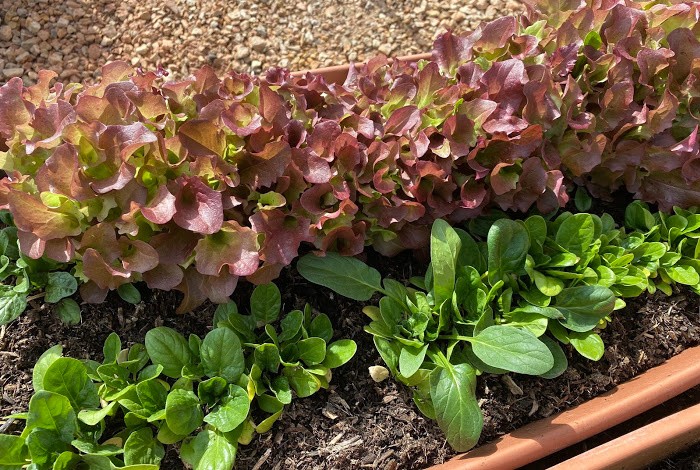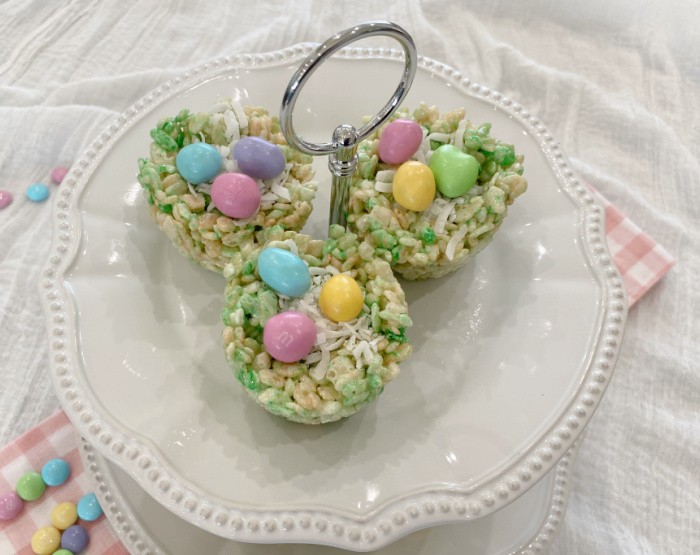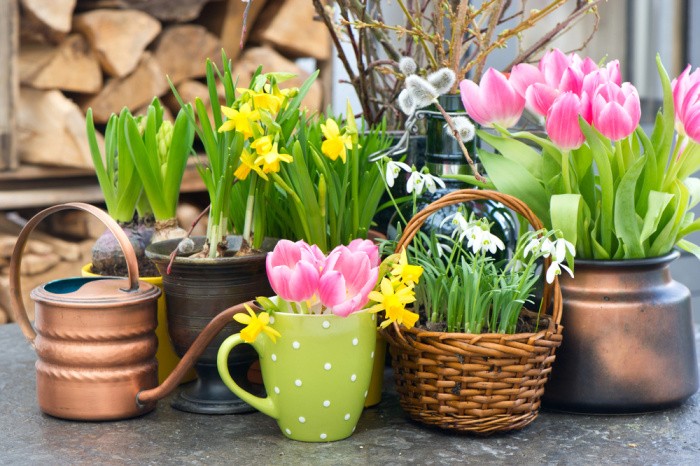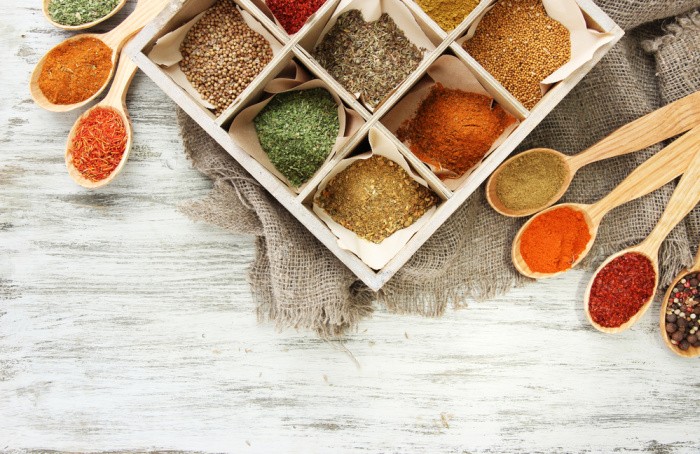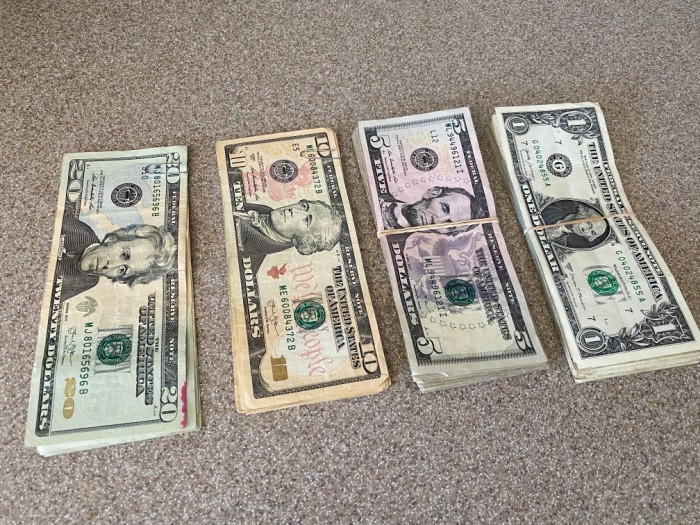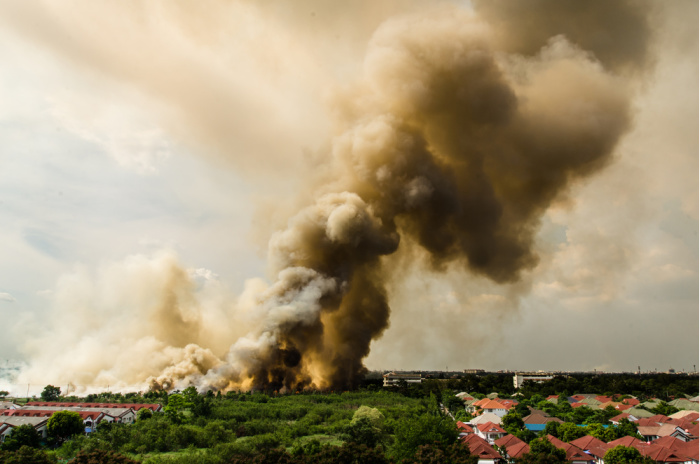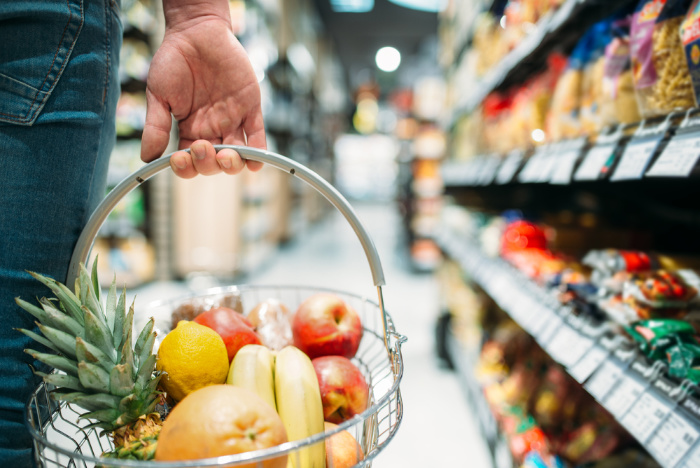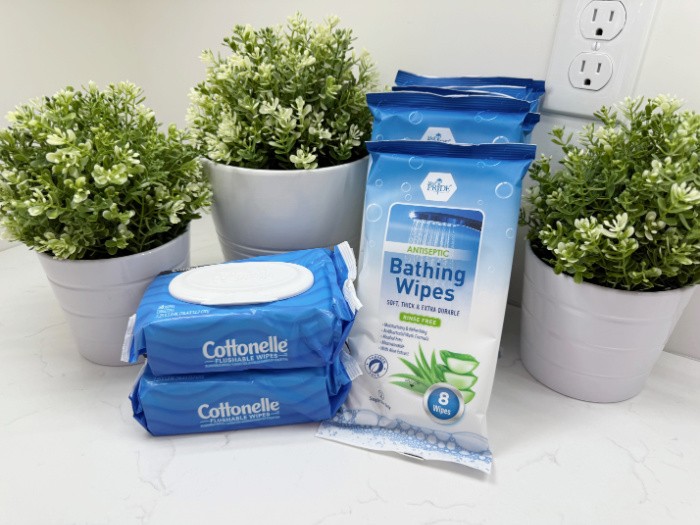How To Start A Garden
I feel inclined to share everything you need to know to start your garden today. I live in Southern Utah, so we can start a garden a lot earlier than up north. In Salt Lake City, Utah we always used Mother’s Day as the day we could finally get started with planting vegetables in our gardens. In other words, in the middle of May. In Southern Utah, I decided it’s tax day, April 15th or the middle of April. We have all had good years of gardening and occasional years when we wonder what in the world happened to my squash or cucumbers. I used to have a huge garden, with a gas-powered tiller and we grew all of our vegetables for the year. Now I have a very small yard and I had to learn to adapt to the clay soil here.
I have heard people say to me “I can’t get anything to grow in my garden.” I get it. It was so much easier to garden in the rich soil I had up north in Salt Lake City, Utah. You could practically dig a hole and plant a tiny plant and BAM that baby would grow like crazy! If I planted seeds, they would sprout and grow great veggies for my neighborhood. It took me a few years here in the desert to get the hang of growing a successful garden. We have a lot of critters here and the bugs are out of control.
I also learned not to put so many coffee grounds in the garden from the local coffee shop because they put too much nitrogen into the soil in my raised garden beds. I guess I put way too many in my planter areas to get rid of the cats in the neighborhood when my flower pots, potato pots, and raised gardens became their litter box. Yep, we learn something new every year, right? Coffee grounds are good, but not the amount I used, just to clarify my statement. The pH level was off and I had to add additional nutrients to offset those coffee grounds to have a successful garden. I call it a learning curve.
I have also learned when to plant and when not to plant certain seeds or plants in my area. I live in Southern Utah where my climate zone is #8A. If you have a local family-owned garden center in your area, I highly recommend you go there and get a printout of the times you can plant certain vegetables and other plants or trees you would like in your garden. It’s all about the soil, the seeds, the plants, and the watering. I would have to say soil is the biggest learning curve for people.
Start Your Garden:
- Good soil: I start with Miracle Grow planting soil. You can buy this at most big box stores or nurseries, plus the items listed below. I also buy lots of rotted manure and organic compost.
- Gloves: I buy them every year at the end of the growing season for 1/2 price.
- Shovels: One large, one medium, one short small handled one, and then the size we need to dig a small hole for the plants.
- Good seeds or plants (non-GMO): You can also start your seeds indoors, but I’ll talk about that another day.
- Root starter: I only use Miracle Grow Starter to transplant my seedlings or plants.
- Watering can: So you can mix up the Miracle Grow Starter with water.
- A good hose and sprinkler attachment.
- A pitchfork.
- A rake to level the soil.
- You may need to add some or all of the items I mention adding to my soil below. Those are the ones I’ve found work best in my planting soil, climate, and other factors. You may need to experiment with different plants and the unique nature of your location.
I have several four-foot by four-foot by 18-inch tall raised garden beds in my backyard. When I first moved here I tried growing tomatoes in pots. It’s too hot, so that didn’t work. The dirt in my yard is hard rock red clay. It almost takes a pick and shovel to dig any kind of hole for shrubs or trees. I soon realized that my only option was to purchase some raised gardens.
I have a very small house and yard. I need to use as much space to produce food for pleasure and to survive if we had an unforeseen emergency or disaster. I had to learn how to garden here. I have been successful with gardening in this home for about 12 or 13 years now. I have had a garden for as long as I can remember. In years past I canned everything possible from my garden, teaching my daughters the skill of gardening and canning. It’s really fun, I promise. But this desert area took me some time to learn how to garden.
I had been reading about composting (no, I do not compost food). My life is pretty busy and I can’t add that to my plate each day. So I buy organic compost and organic fertilizer. So there you have it, some people love to compost. I don’t.
I had also studied up on different products I thought I would need, but I wanted to hear it from the expert nursery owner if these were the right ones for my area. Bingo! I nailed it with the help of phone calls, reading, and research at various nurseries. Ballard Nursery in LaVerkin, Utah has the most knowledgeable people in my area! Woohoo!
I no longer own a wheelbarrow so I mixed up the following items listed below in each raised garden bed. I used my hands, a small pitchfork, and a shovel to make the soil rich and loamy. It really is all about the soil!!!
The base for my garden beds is Miracle Grow soil available almost anywhere. Remember, I have raised garden beds. If you have awesome soil you probably won’t need this. Then I made a concoction of peat moss, Azomite minerals, Coco Coir, organic compost, bone meal, earthworm castings (organic fertilizer), Vermiculite, and a small amount of steer manure. My soil is 18 inches deep. You can buy most of these at your local garden centers. I bought some items online and some locally. I promise a garden is all about the seeds and the soil. We can all grow a garden, we just need practice. This is one more way to be prepared for the unexpected. Grow a garden and harvest your own food. It’s all about being self-reliant. Good luck with your gardening efforts. Be sure to let me know your secrets to gardening success.
My favorite items you to start your garden:
Azomite Micronized Bag, 44 lb
FibreDust Coco Coir Block
Unco Industries Wiggle Worm Soil Builder Earthworm Castings Organic Fertilizer, 15-Pound
Miracle-Gro Nature’s Care Organic Bone Meal, 3 lb.
Espoma VM8 8-Quart Organic Vermiculite

